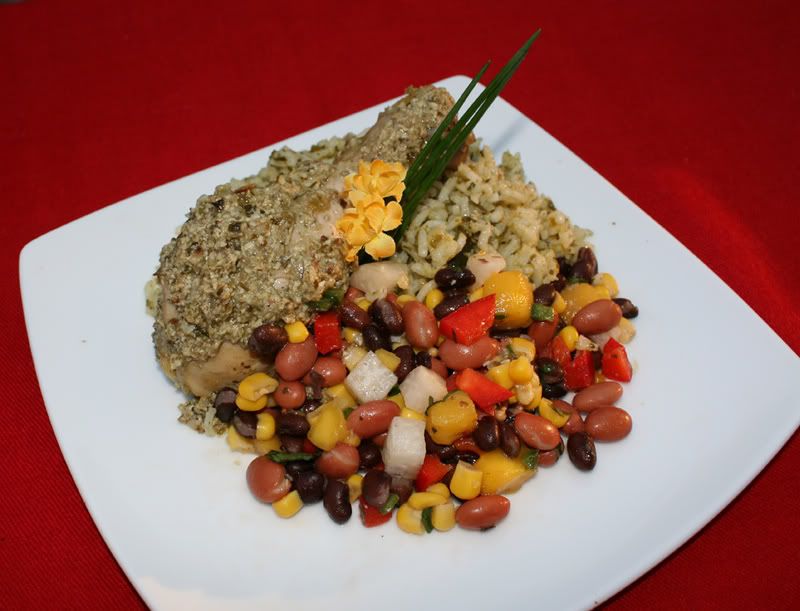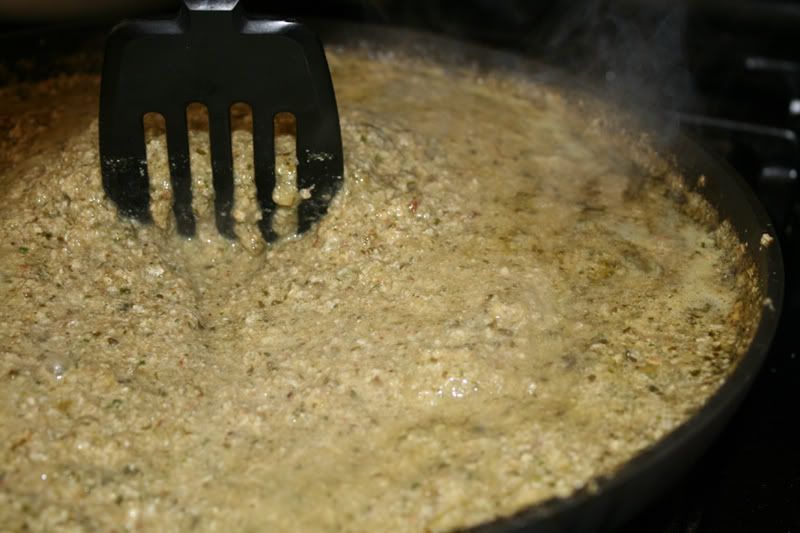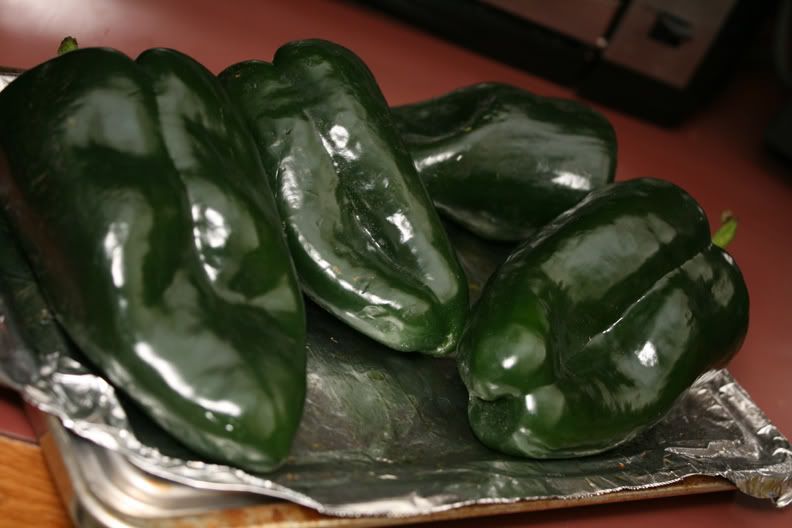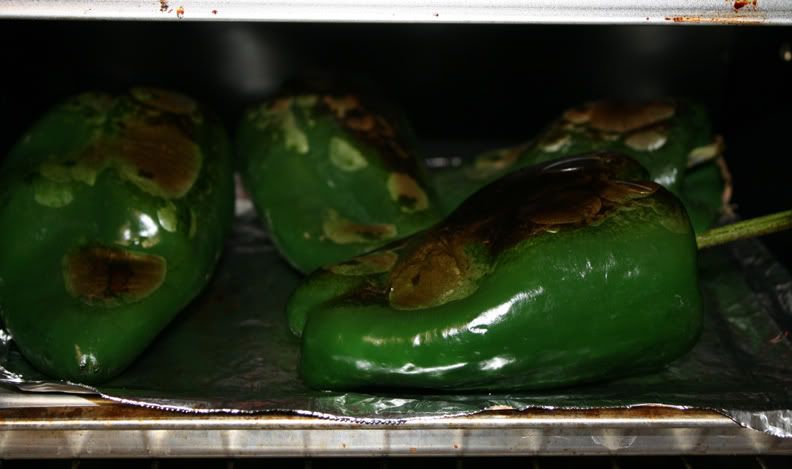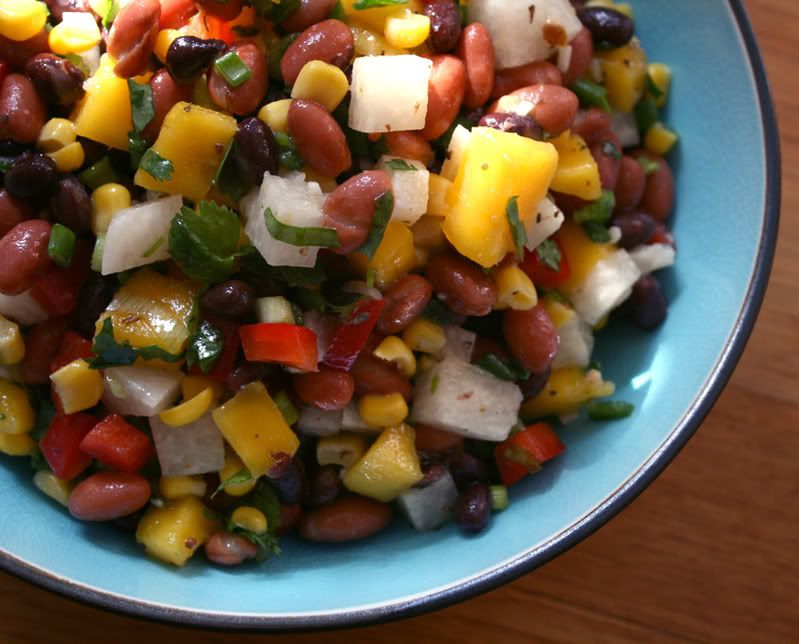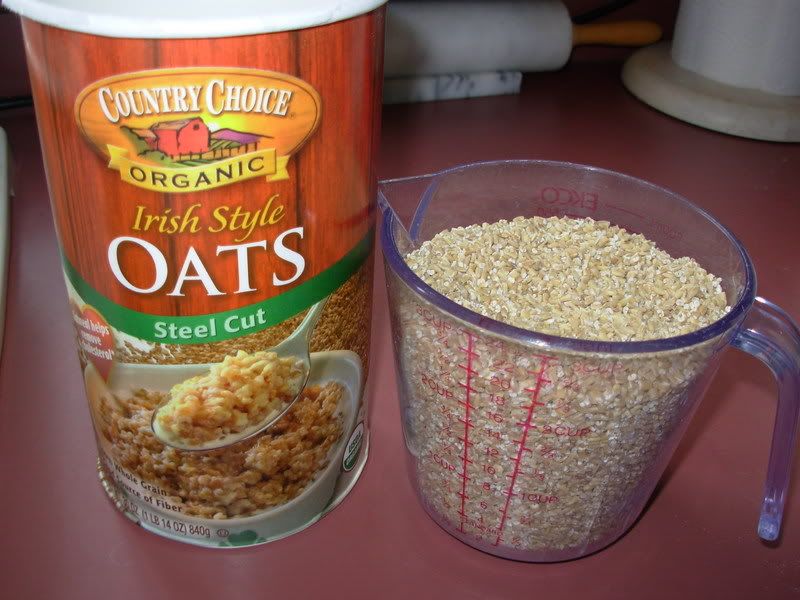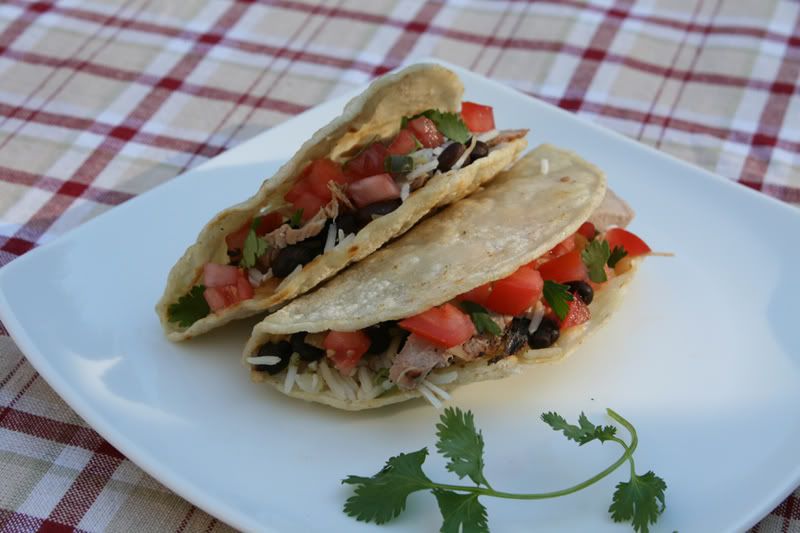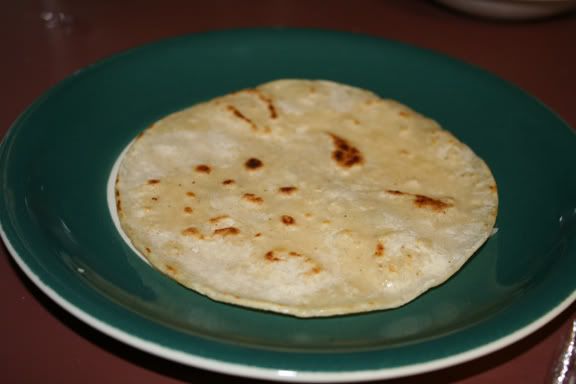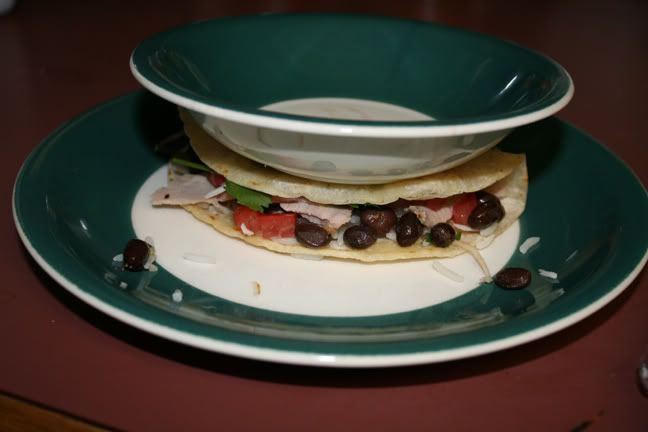
Let me first educate you all about Cinco de Mayo in a very brief history lesson:
Did you know that for a time, Mexico was ruled by a Hapsburg prince?
In 1862 Emperor Maximillian and his wife, Carlota, were sent to rule Mexico by Napoleon III. Why, you ask? After Mexico declared its independence from Spain in September of 1810, it borrowed money from France. But when France wanted the money back, Mexico was unable to pay off the debt. So France sent troops to collect or take over.
The French had the best army in the world and it was well-equipped. When they arrived at Puebla (the capital of the state of Puebla), there was a battle in which the poor Mexican farmers made sport of the French.
So let's celebrate the earth and Mexican heritage with a green Mexican dinner!
It all started out when I was at the grocery store a few days ago and found myself in the produce section where the green Mexican ingredients were begging me to buy them! I bought large tomatillos, beautiful poblano chiles (peppers), and cilantro. With ingredients in hand, I headed home to find some recipes.
Being a Spanish teacher who studied in Mexico, I have a number of good Mexican Cookbooks. I turned to The Complete Book of Mexican Cooking by Elisabeth Lambert Ortiz. I am a huge fan of this book, which was published way back when I was just one year old. The recipes seem very traditional to me, and not too gourmet. They promote authentic Mexican Cuisine.
I looked at her recipe for Pipián Verde, but I had fresh tomatillos, and her recipes called for canned. I was most interested in making a Pipián Verde (a green chicken fricassee) and I really wasn’t sure of the conversion rate, so I turned to the Internet for a recipe.
I did an advanced search on Epicurious.com for the tomatillos with the main ingredient of chicken. A recipe for Chicken in Green Pumpkin-Seed Sauce came up.
I made the chicken almost immediately and put in in the fridge, deciding to make the sauce the next day. Before going to bed later that evening, I shut down my computer.
Remembering that what I saw was a recipe for Pipián Verde, when I went to Epicurious the next day, I changed my search words to pipian verde. I clicked on the link that appeared, the only recipe they had with those words in the title.
